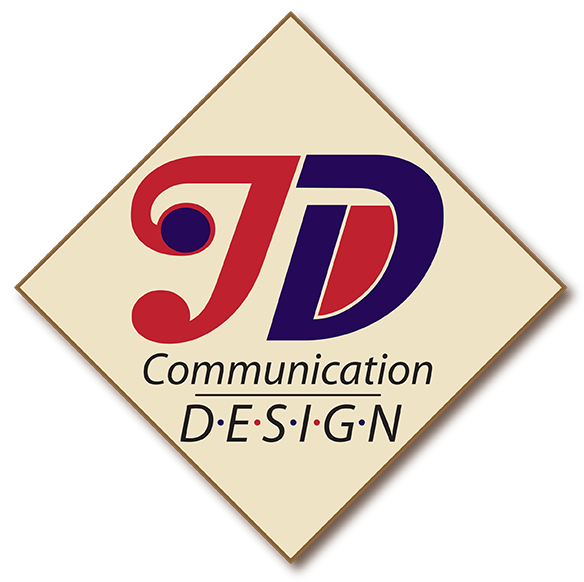If you're looking to hire a graphic designer, it can be difficult to find the right person for your needs. There are many graphic designers who offer different levels of skill and experience. In order to make sure that you're getting the best graphic designer for your project, you need to consider experience, style, budget, and timelines.
Here's a graphic designer hiring checklist that will help you find the right person for your next project:
1. Determine what type of graphic design work you need
This may seem obvious, but if you don't know what you want, you won't be able to hire the right graphic designer. One of the biggest barriers to client-designer relationships is a lack of clear direction or communication.
Before you hire a graphic designer, ask yourself these questions:
Do I need a logo or brand refresh?
Do I need print materials for my business cards and letterheads, along with web design services?
Do I only need graphic design services for the web?
Do I want someone who can do graphic design, but also help with marketing strategy and social media social media management?
If graphic design is just one part of your marketing mix, it may be worth exploring full-service agencies as opposed to independent graphic designers. Some larger graphic design firms offer social media, web design, and marketing services all under one roof.
2. Choose local or international designers
Working with someone local can be helpful because it increases the likelihood that they are familiar with your business or industry. Another benefit of local graphic designers is that you can meet in person to discuss your project, exchange ideas, and build rapport.
On the other hand, if time isn't a factor for you when finding graphic design services, working with an agency or designer who lives somewhere else may actually be preferable. You may find better talent through this method as your talent pool will be wider. In addition, you will have access to graphic designers from around the world who may be more experienced in your industry.
3. Consider industry experience
If you are unsure of how to approach graphic design, then it's best to choose a graphic designer who specializes in your industry. For example, if you're an architect looking for graphic designers then you should be searching for someone with experience working on architectural projects.
If this isn't possible, consider hiring two graphic designers to work on the project together, or go with an agency. Graphic designers have specialties across industries, so one graphic designer can provide the graphic design expertise while another provides industry-specific knowledge.
4. Be honest about your budget
When it comes to graphic designers, you get what you pay for. We always say it's better to invest more upfront than risk investing more down the line because you didn't get what you wanted.
If you are unsure how graphic designers charge for their services, contact graphic design firms in your area to find out. They will be able to give an estimate of what is normal for graphic design rates based on the size and scope of your project.
Trust us when we say that graphic design pros know all about negotiating prices! Being upfront with your budget from the start will save you and your designer a lot of headaches.
5. Hire for style, not cost
If you are looking for graphic design work, then it is important that the designer has an eye for style. You want someone who can take your idea and turn it into a graphic masterpiece that will communicate your message effectively to viewers.
While cost should be considered when hiring graphic designers, don't choose based on price alone. The most important thing is that you like their work and can see your brand reflected in what they do.
6. Set clear timelines and expectations
Design work is not always straightforward and it can be hard to estimate. As a client, it's important to set very clear timelines for graphic design work so that the graphic designer knows when they are expected to deliver work.
If you are unsure about your timelines, err on giving them more time than less. Remember, design work often takes a few iterations to get things just right. Revisions are a natural part of the design process, so factor them into your deadlines.
7. Look for compatibility
Compatibility is a big part of a successful design project. If you and your designer communicate well and work well together, your project will be easy from the start.
Creating a good working relationship means making sure that their working style meshes with yours but also that you are both working towards the same goal.
Communicate with your designer about your expectations around updates, meetings, phone calls, and deadlines from the beginning. If you find that they are not on the same page as you, it may be time to assess your project.
8. Send a clear brief
You need to know what your graphic designer needs from you in order for them to produce the best work possible. So, send through any ideas or designs that have been done already and explain how they fit with your company’s vision. In addition, give as much context as possible about why certain aspects of these documents are right for your brand.
Another important thing to include in the brief is how you would like your graphic designer to communicate with you. Some people prefer lots of communication, while others will be happy to be left alone entirely. It’s a good idea to ask how they feel about this and what their preferred method of communication is throughout the project so that no one is disappointed.





